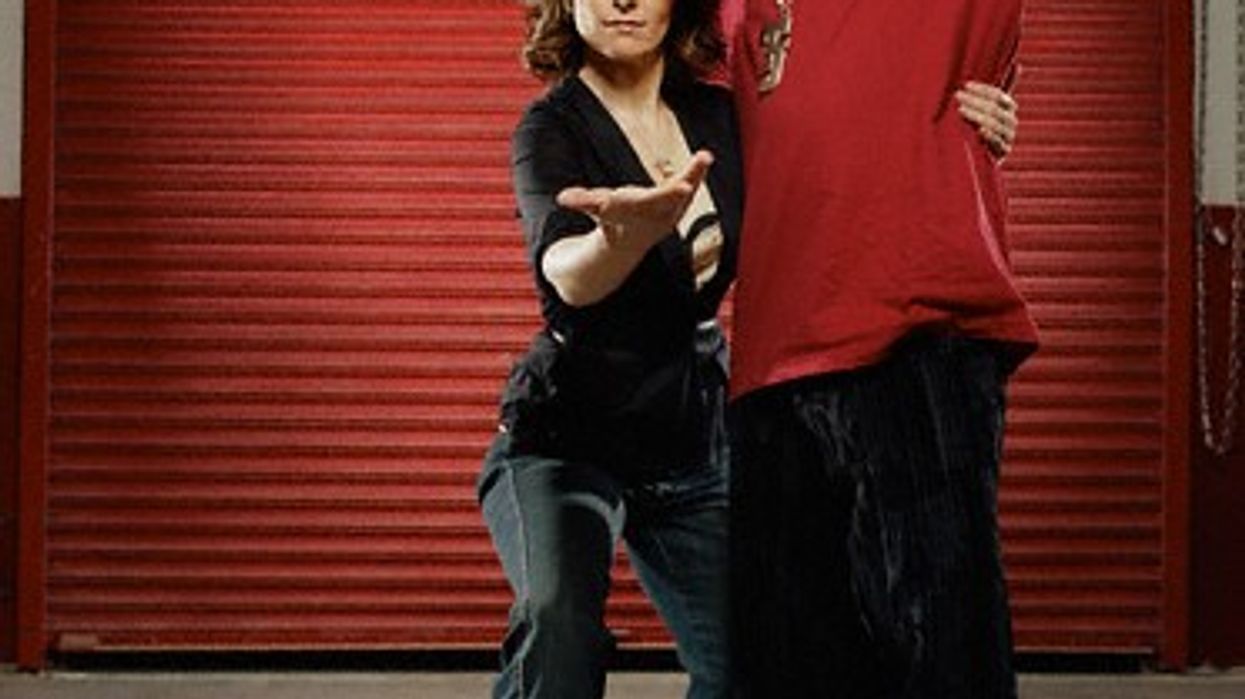Every three months, GOOD releases our quarterly magazine, which examines a given theme through our unique lens. Recent editions have covered topics like the impending global water crisis, the future of transportation, and the amazing rebuilding of New Orleans. This quarter's issue is about cities, spotlighting Los Angeles, and we'll be rolling out a variety of stories all month. You can subscribe to GOOD here.
I live in abeautiful old apartment in an historically preserved neighborhood filled with trees. Most mornings, I walk three blocks to the nearest rapid-transit stop and take a 10-minute ride past a major art museum, a couple of beautiful art deco theaters, and several busy shopping and office districts. On alternate days, I bike the four miles, stopping at any one of the many sidewalk cafes along the route before settling into my desk on the fifth floor of a 10-story office tower.
As streetcars disappeared, so too did the street life that had formed around them.
The Game Changer
Creating Connections
In the long run, the Metro will reach every part of the county and create an interconnectivity that we never had.









